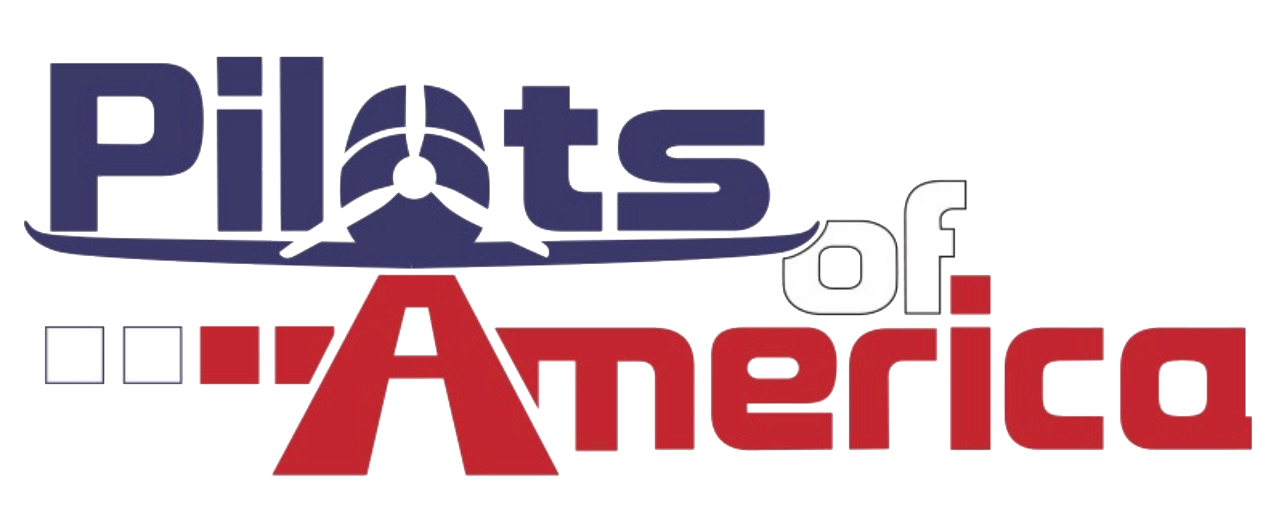dcat127
Pre-Flight
- Joined
- Jun 30, 2020
- Messages
- 74
- Display Name
Display name:
Electro
Last evening I got a caution wake turbulence callout from ATC for a 747 that departed after me but was on a converging path. Obviously when the alert was issued ATC had no way of knowing exactly how much vertical separation there would be once our paths converged. Realistically there was probably 2000 + feet. My questions for POA, how much vertical separation is needed between a 747 and a small trainer, for there to not be a concern?


